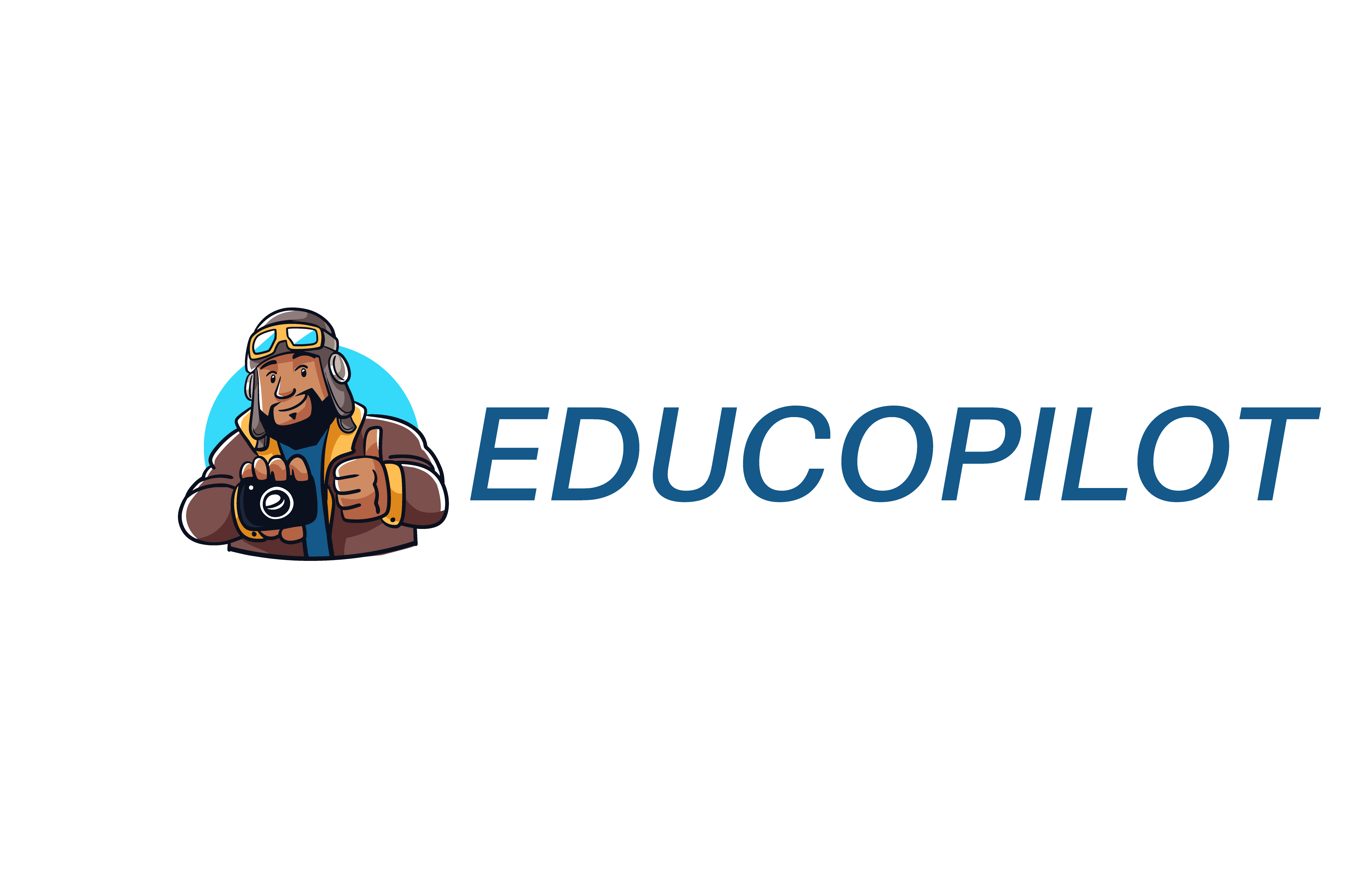Four Warm-Ups To Get Students Thinking Creatively
Written By Al Thomas
The benefits of using creative warm-ups in your classroom are numerous. Creative warm-ups can encourage open-mindedness, nurture creative behavior, and help students expand their perspective of a challenge by thinking in a different way.
In addition, creative warm-ups are a great way to get students in a creative flow where they can become less worried about making mistakes and are more open to failing forward.
Let’s check out some of my go-to creative warm-ups.
Creative warm-ups can encourage open-mindedness, nurture creative behavior, and help students expand their perspective of a challenge by thinking in a different way.
120 Rooms
What?
A good creative warm-up that does not require drawing, this exercise works well with a group of eight or more people. Together, imagine you were given a house with 120 rooms to fill with anything, but each room must have its own unique purpose.
Why?
This warm-up is a great way to encourage students to tap into imagination and learn how to break through the challenge of running out of ideas.
How?
Face-to-Face: Each student is given a stack of sticky notes. Each unique room gets written on a sticky note that gets put on a wall. Someone is allocated to read the room names aloud and place them on a wall or board that can be seen by the room. The group completes the exercise when they’ve reached 120 unique uses.
Virtual Tip: Trying using apps like Padlet or Google Jamboard for a collaborative space for 120 Rooms.
Recall
What?
The objective is to remember and represent familiar things in your environment.
Why?
This warm-up inspires storytelling and sharing.
How?
Each student starts the warm-up independently for three minutes sketching or writing about what they can remember about a series of items. This could be a favorite item of clothing, the front door of a home, or the cover of the last book they read.
During the warm-up, students should consider how many parts or pieces make up the item, what is the shape, and how do you interact with the item? When was the last time you saw it, and what happened at that moment?
Following the sketching and writing, the group picks an item to share and takes a few minutes to show the work and describe it.
Alternative Uses
What?
This is one of my favorite ways of getting students thinking creatively. Psychologist J.P. in 1967 created this activity to determine originality, fluency flexibility, and elaboration abilities in individuals.
Why?
This warm-up works well to get participants to challenge their perceptions and can help students learning to look deeper for solutions to problems.
How?
Divide students into groups and have one student pick a familiar object. Next, everyone in the group has two minutes to independently sketch all the different uses for the selected object that they can think of. This is not about making a detailed drawing, but about rapidly generating ideas.
Origin Stories
What?
Origin Stories is a fun way to get students thinking creatively by developing a superhero origin story for a real-world object.
Why?
This warm-up challenges students to use their imagination and inspires storytelling.
How?
Start by selecting a small group of objects (3 – 5) and have each student independently write for three minutes about one of the objects they selected from the group. The goal is for each student to come up with a unique character with powers and an origin story that would excite others to pick up the story to read. This is not about writing the perfect paragraph but is more about focusing on students getting comfortable using their imagination.
What are some ways you jump start the creative process in your classroom? Let me know on Twitter: @educopilot
Interested in learning more?
Creativity Is a Skill, Not Magic: A Step-by-Step Guide to Cultivating Creativity
Creativity often seems like an enigmatic force—something that some individuals possess while others do not. However, creativity is not simply an...
The $100 Test – A Creative Prioritization Activity for Teachers and Educational Leaders
Engaging Students in Critical Thinking and Decision-Making with the $100 Test The $100 Test is an interactive and creative exercise designed to...
The Power of High Expectations: A Double-Edged Sword for Students and Educators
In the world of education, high expectations have long been heralded as a cornerstone for student success. The belief that students will rise to...




0 Comments